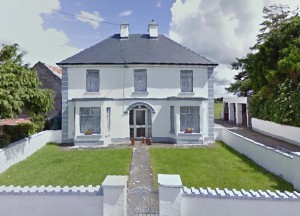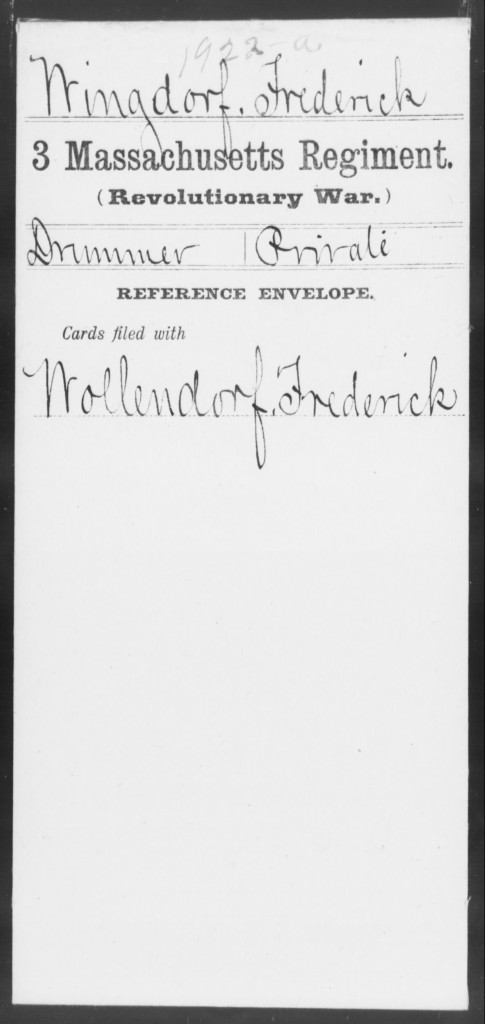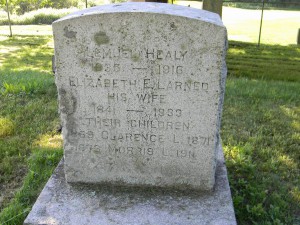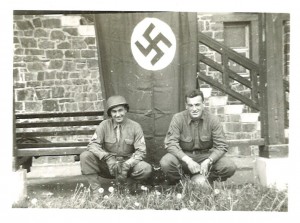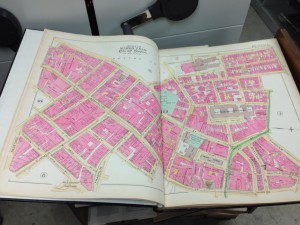Sheilagh Doerfler’s recent post about finding Revolutionary War ancestors reminded me of the story I tell people about how much I love Revolutionary War pension records. They often contain significant genealogical information—but the first time I ever consulted these records, they yielded much more material than I ever would have expected.
In the early 1990s, I was doing the paperwork do get my father into the National Huguenot Society by right of his descent from our ancestor Abraham Tourtellotte (ca. 1655–ca. 1704) of Newport, Rhode Island. (I could not join then because I was not yet 18 years old.) The American generations went from Rhode Island—specifically, from Newport to Providence and Glocester—into Thompson, Connecticut, in the northeastern corner of that state. They generally stayed within a few towns of Thompson afterward. As I began to obtain every birth, marriage, and death record, I struggled to find the birth of my great-great-great-great-grandmother Lucy Tourtellotte. Continue reading Why I Love Revolutionary War Pension Records

